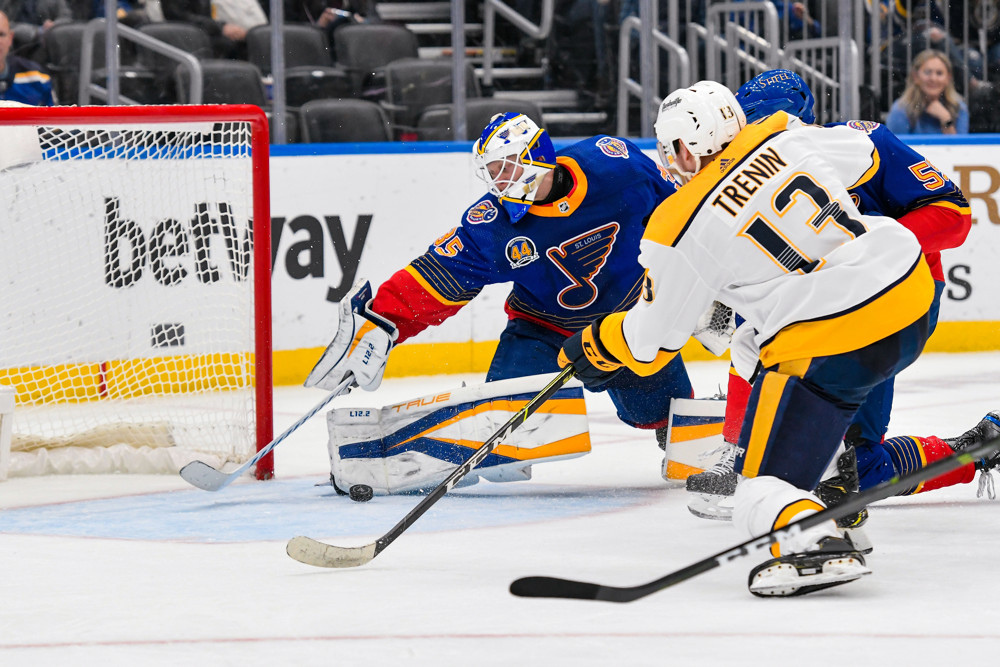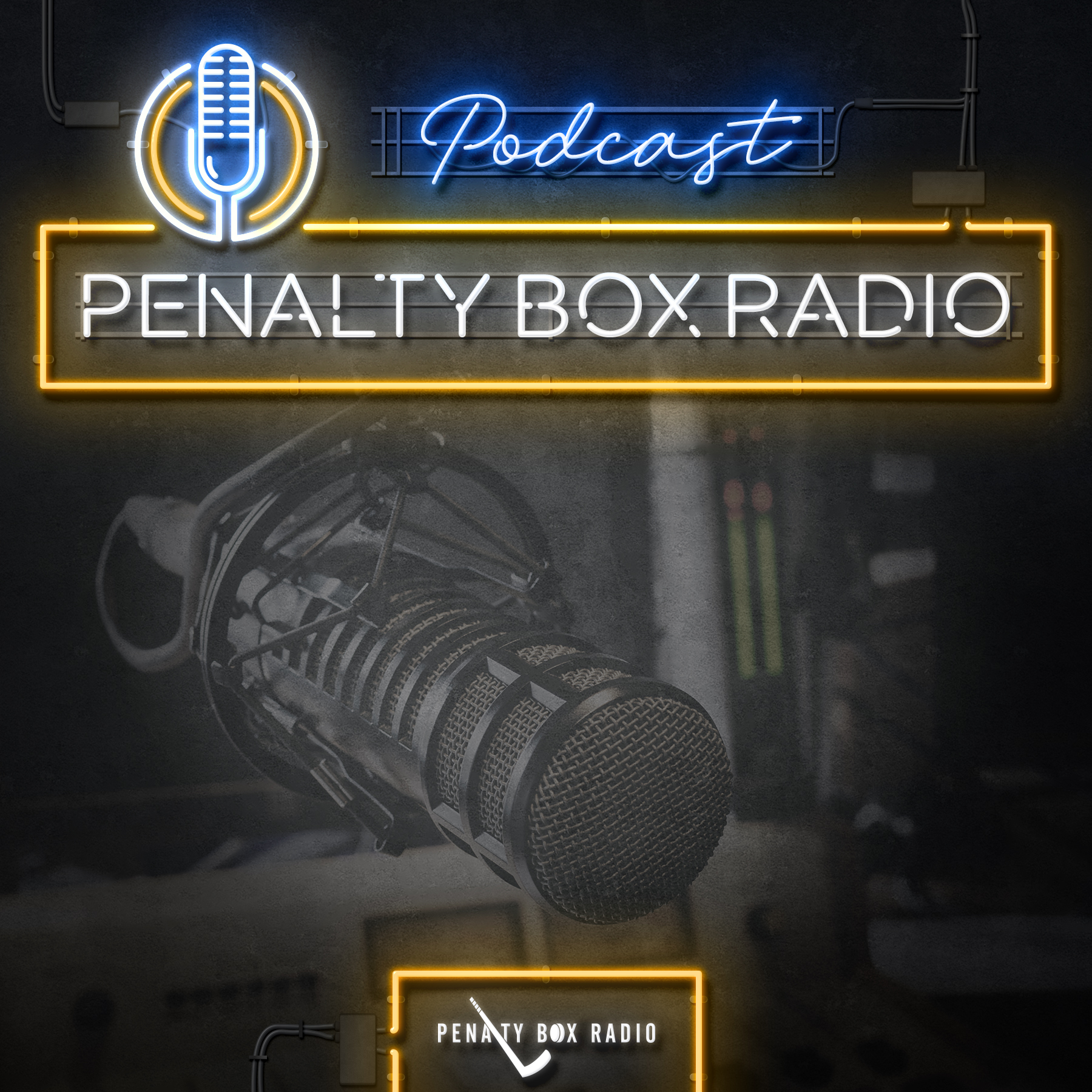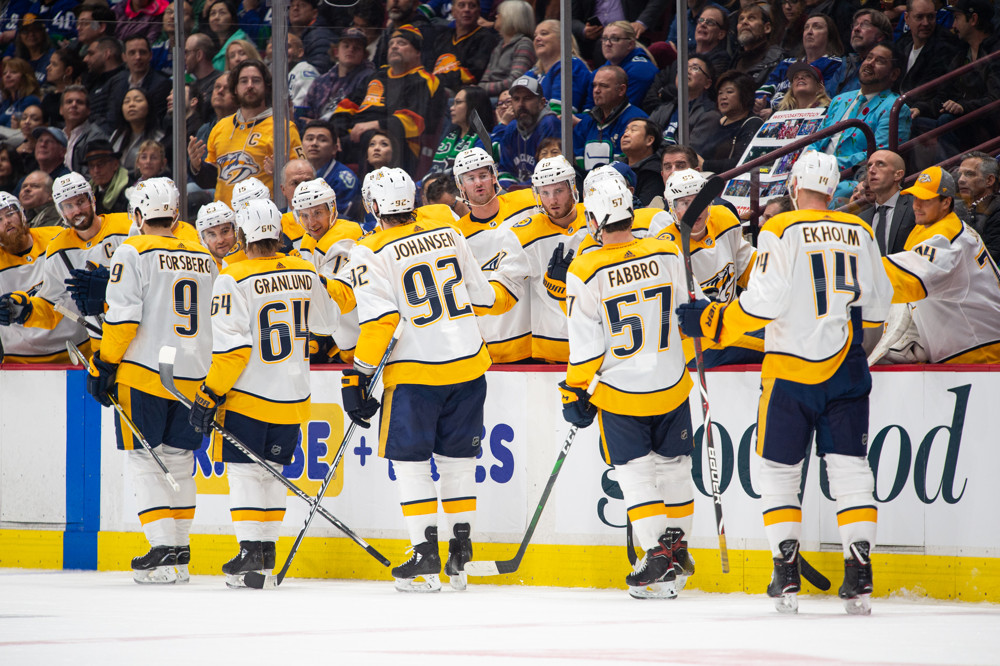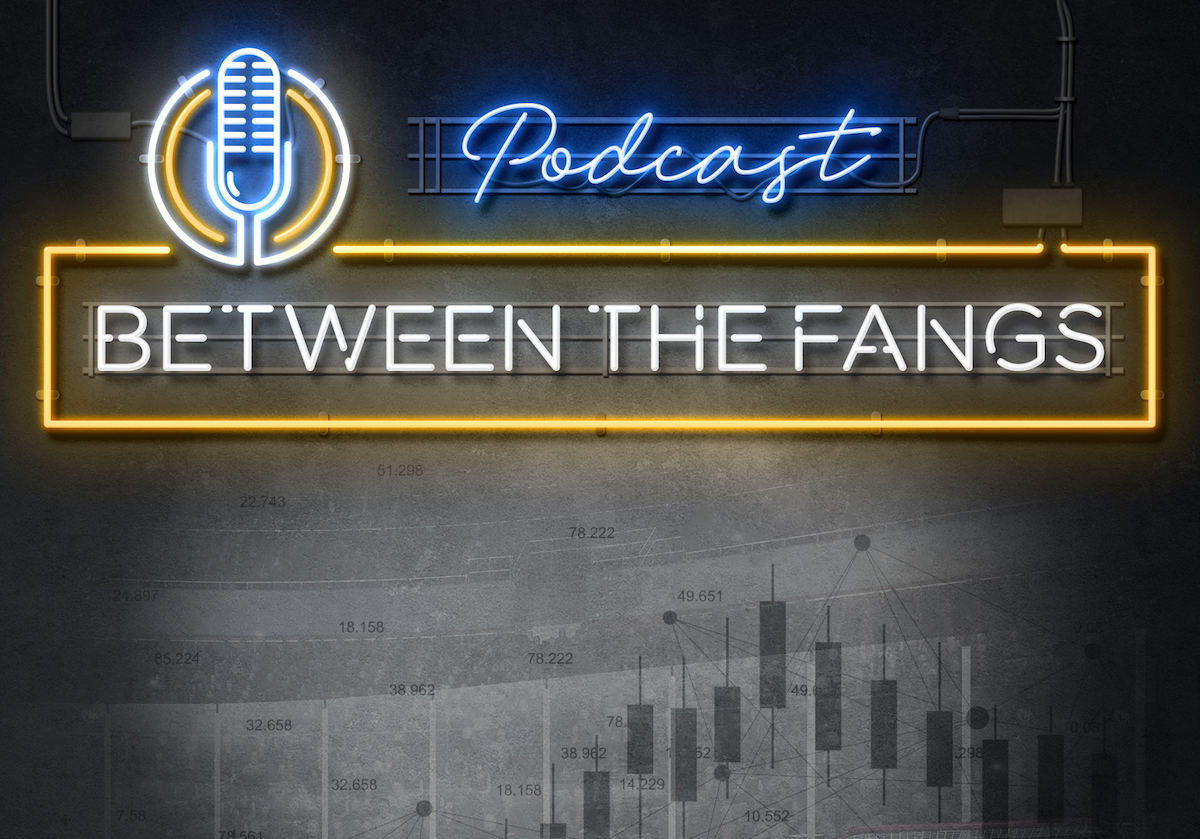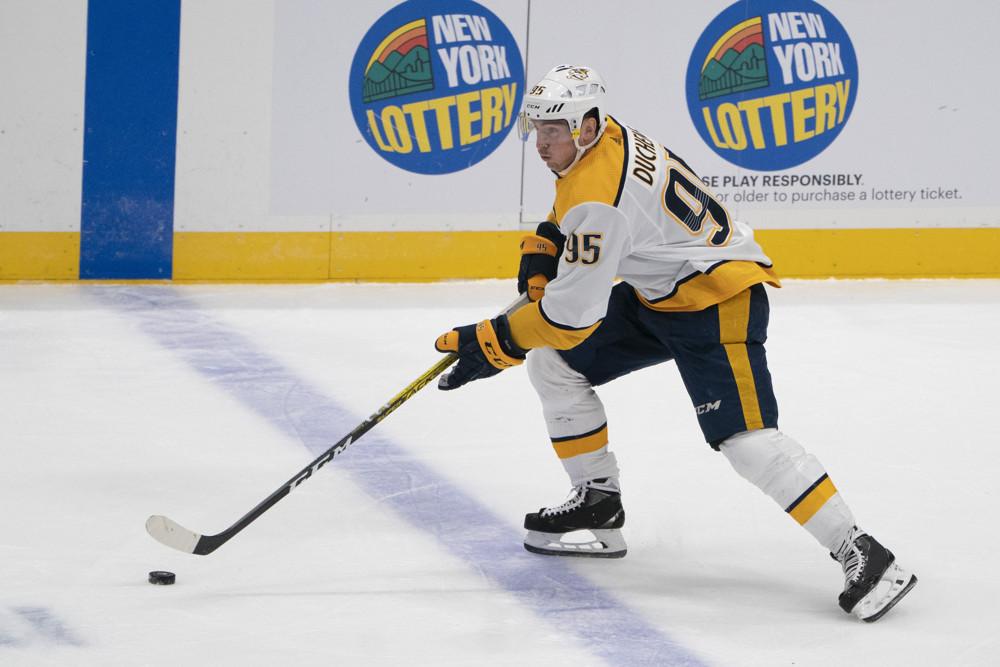Let me get this out of the way early, the Nashville Predators did not play well last night. I realize the 4-1 victory is somewhat contradictory to this notion, but I’m afraid it’s true. By all accounts, and if not for the actions of a small handful of players, Tampa Bay should have roundhouse kicked Nashville into next week on the scoreboard.
It’s far from this season’s first good result from a bad performance. The Predators are showing signs of a real Cup contender, but they have yet to string together truly convincing performances. Hopefully, breaking down this analysis on a more individual basis will help in understanding where the issues lie.
Defensive pairings
 The first defensive pairing for Nashville was, as usual, Roman Josi and Ryan Ellis. This pair is always interesting, primarily due to the amount of flexibility they’re given. Josi has immense offensive potential, but is at times a true defensive liability. Ellis can also find himself on the score sheet and is stronger than Josi in the defensive zone.
The first defensive pairing for Nashville was, as usual, Roman Josi and Ryan Ellis. This pair is always interesting, primarily due to the amount of flexibility they’re given. Josi has immense offensive potential, but is at times a true defensive liability. Ellis can also find himself on the score sheet and is stronger than Josi in the defensive zone.
Their flexibility is provided by Mattias Ekholm and P.K. Subban, who typically have to eat the toughest minutes. While the second pair spends every night against the McDavid’s, Crosby’s, and MacKinnon’s of the world, Josi and Ellis typically face a lighter workload.
Last night was no different and it paid off for Nashville on the scoreboard. Here’s how the first pair looked at 5-on-5:
Considering the team as a whole got stomped in the Corsi battle, a delta-CF of -4 actually isn’t too bad. What’s more, the duo actually managed to win the HDCF contest, creating three high-danger scoring chances and allowing just one. They were frequently matched with Tampa’s second forward line, which is no joke. Josi and Ellis get a very solid B from me.
The second pairing, Ekholm and Subban, actually spent slightly more even strength time on ice than the first pairing. In a lot of ways, they performed quite similarly. You might be surprised to see a decent B- grade after some negative values, but I think it was a decent game from the pair. While Stamkos et al. have been underperforming this year, they still have a lot of danger to their game. Keeping the gap in CF and HDCF relatively small with a tough matchup and a lot of ice time earns a respectable GPA in my book.
Finally, Matt Irwin and Yannick Weber:
 In a word: ouch. This is an all-too-common trend for Nashville’s bottom defensive pairing, regardless of which left defenseman joins Yannick Weber. There’s a couple of silver linings here: for one, the pair did not take a single faceoff in the offensive zone, which is a tough hill to climb. Additionally, they only allowed one high-danger chance against, while producing one as well, keeping the delta-HDCF at a respectable zero.
In a word: ouch. This is an all-too-common trend for Nashville’s bottom defensive pairing, regardless of which left defenseman joins Yannick Weber. There’s a couple of silver linings here: for one, the pair did not take a single faceoff in the offensive zone, which is a tough hill to climb. Additionally, they only allowed one high-danger chance against, while producing one as well, keeping the delta-HDCF at a respectable zero.
The negatives here are provided by an abysmal Corsi differential (14 shot attempts allowed and only two produced) in over 12 minutes of ice time. Additionally, they took on the easiest opposition for the majority of the night. It was a very bad night for Nashville’s bottom pair.
Forward lines
In my opinion, Nashville’s forwards generally played well offensively. Although the Predators produced fewer than 40 percent of the game’s total shot attempts at 5-on-5, they produced just one fewer high-danger scoring chance than Tampa Bay. This might be a bit of a stretch, but I like to think of that as more efficient, smarter offense.
 Viktor Arvidsson was sidelined due to an injury, resulting in Peter Laviolette selecting Colton Sissons as the lucky forward to move up. At first, I was skeptical of this move. I am rarely wowed by Sissons, in spite of him clearly being a coach’s favorite. I quickly changed my mind as I thought about it, though. No disrespect to Arvidsson, but the productive firepower of the first line is certainly provided by Johansen and Forsberg. It really doesn’t matter too much who takes the third spot.
Viktor Arvidsson was sidelined due to an injury, resulting in Peter Laviolette selecting Colton Sissons as the lucky forward to move up. At first, I was skeptical of this move. I am rarely wowed by Sissons, in spite of him clearly being a coach’s favorite. I quickly changed my mind as I thought about it, though. No disrespect to Arvidsson, but the productive firepower of the first line is certainly provided by Johansen and Forsberg. It really doesn’t matter too much who takes the third spot.

 All in all, I thought it was a good night from this group. Johansen alone provided an A+ effort, and the group was only very slightly outperformed in Corsi and high-danger scoring areas. What’s more, this line is accustomed to receiving hugely sheltered zone deployments (frequently an oZS% of over 75). Considering they had a more difficult assignment than usual, and lacked Arvidsson’s usual antics, this line earns a good grade from me.
All in all, I thought it was a good night from this group. Johansen alone provided an A+ effort, and the group was only very slightly outperformed in Corsi and high-danger scoring areas. What’s more, this line is accustomed to receiving hugely sheltered zone deployments (frequently an oZS% of over 75). Considering they had a more difficult assignment than usual, and lacked Arvidsson’s usual antics, this line earns a good grade from me.
 The second line has seen all kinds of rearrangements so far this season. Fiala has been (unfairly) banished to the shadow realm and the team has been trying various combinations to squeeze more production from Kyle Turris. I didn’t dislike their performance last night. Especially considering they had a much tougher zone deployment than usual, remained even in high-danger areas, and kept the Corsi differential small, I’m happily handing them a B.
The second line has seen all kinds of rearrangements so far this season. Fiala has been (unfairly) banished to the shadow realm and the team has been trying various combinations to squeeze more production from Kyle Turris. I didn’t dislike their performance last night. Especially considering they had a much tougher zone deployment than usual, remained even in high-danger areas, and kept the Corsi differential small, I’m happily handing them a B.
By a big margin, Nick Bonino has been this team’s weakest link this year. By my interpretation, he has not managed a single positive performance so far. Last night’s game saw them matched against Tampa’s bottom defensive pairing, and they still managed to produce just six shot attempts at 5-on-5, while allowing 15, mind you. They also failed to produce a single high-danger chance. I looked for a saving grace here, but it simply has to be a failing grade.
 The final forward line was a bit of a head scratcher. At five-on-five, they were hardly used at all. They also had the most favorable zone start ratio of any Predators’ line. Their six shot attempts for is not bad considering their time on ice, but three of those attempts were blocked by skaters. So, when they took the ice, they weren’t really trying to find shooting lanes or be productive at all. More than anything, they were used as placeholders to give others a breather. Bizarre all around, they get a D.
The final forward line was a bit of a head scratcher. At five-on-five, they were hardly used at all. They also had the most favorable zone start ratio of any Predators’ line. Their six shot attempts for is not bad considering their time on ice, but three of those attempts were blocked by skaters. So, when they took the ice, they weren’t really trying to find shooting lanes or be productive at all. More than anything, they were used as placeholders to give others a breather. Bizarre all around, they get a D.
Pekka freaking Rinne
Although Johansen made the pass heard ’round the world, the best performance of the night has to belong to Pekka Rinne. In his first game back from a slightly mysterious injury, he was pushed in the deep end of the pool. Fortunately for the team, and for him, he put many doubts at ease as he allowed just one goal from 43 shots.
 The most important number here is underneath “HDSV%.” Rinne turned away all nine of Tampa’s high-danger scoring chances. That alone earns him a high grade. When you look at the other value as well, though, you simply have to give him an A+.
The most important number here is underneath “HDSV%.” Rinne turned away all nine of Tampa’s high-danger scoring chances. That alone earns him a high grade. When you look at the other value as well, though, you simply have to give him an A+.











